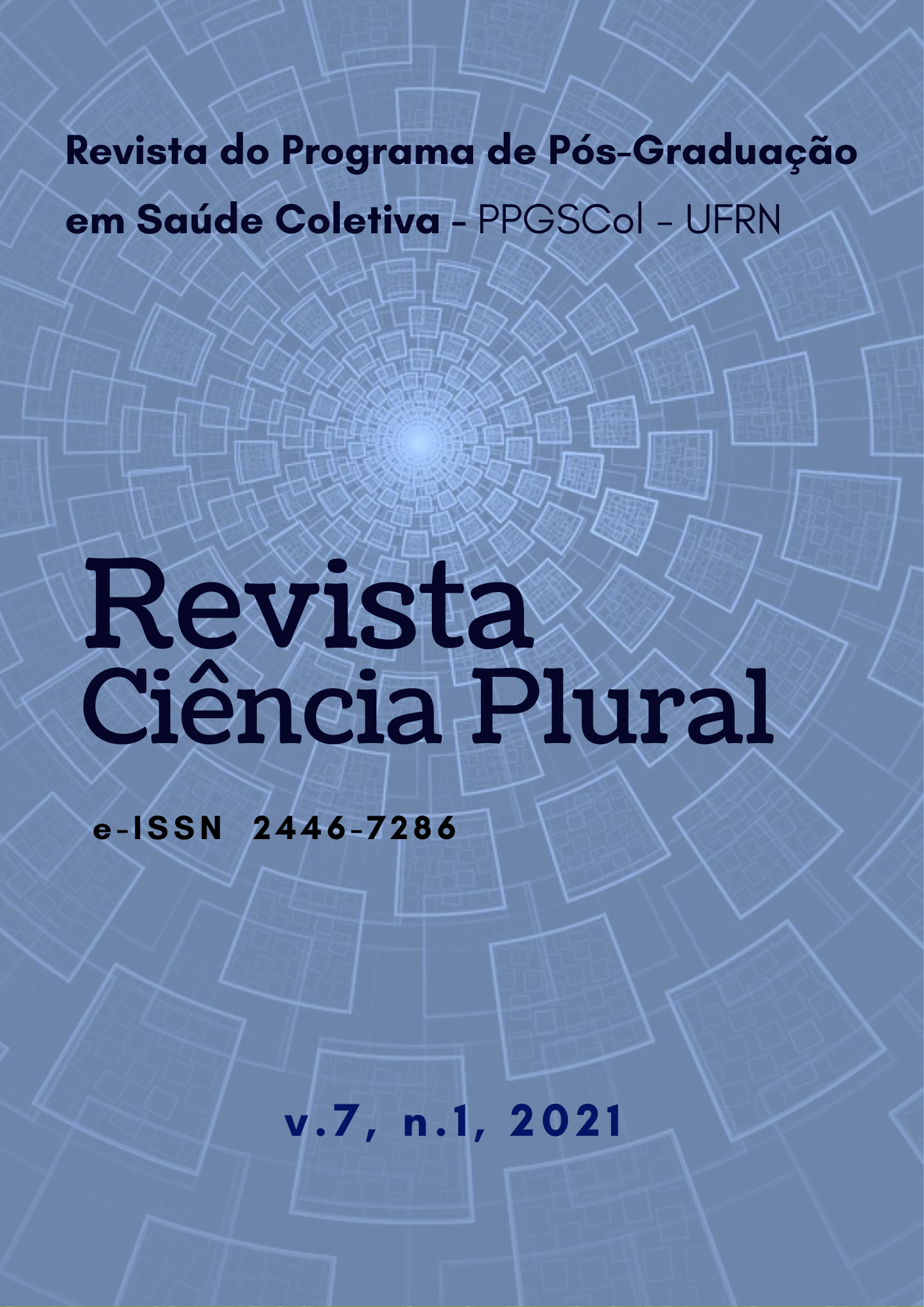Absenteeism among workers in the Unified Health System: a systematic review
DOI:
https://doi.org/10.21680/2446-7286.2021v7n1ID22710Abstract
Introduction: The advances of modern society have brought great challenges to the most varied sectors of the labor market, leading individuals to readapt to the new work processes. One of the challenges refers to long hours and multiple employment relationships, a fact that increases the vulnerability, the chances of illness and absenteeism of workers. Objective: To know the prevalence of absenteeism among workers in the Unified Health System, as well as the most affected professionals, the most prevalent cause and the average time away from work. Methodology: This is a systematic review of the literature guided by the PRISMA protocol. The evidence, published until December 31, 2019, was retrieved from the WEB OF SCIENCE, WHOLIS, PAHO, SCOPUS, SCIELO and PUBMED/MEDLINE databases and the evaluation of the quality of the studies was conducted by an adapted version of the STROBE protocol. Results: The findings of the 17 articles included in this review reveal that the frequency of absenteeism, as well as the average time of absence between workers in the Unified Health System, is variable. The selected studies point to nursing professionals as the category that is most absent from work. However, when considering this finding, it should be noted that the number of studies found for the other professional categories is limited. Conclusions: The consequences of absenteeism do not fall only on the worker or the employer, but they create a burden on non-absent professionals, a fact that compromises the quality of care for users of the Unified Health System. It is highlighted that knowledge about absenteeism can be a important tool for the management of health work.
Downloads
Downloads
Published
How to Cite
Issue
Section
License
À Revista Ciência Plural ficam reservados os direitos autorais referente a todos os artigos publicados.

 Português (Brasil)
Português (Brasil) English
English Español (España)
Español (España)










2.png)
